Bunker shots are one of the toughest skills to master in golf. Without knowing the correct technique, many golfers can dread the sight of their ball landing in the sand trap.
To make matters more complicated, bunkers are often scattered all over the course and you have to choose a club loft to fit the scenario — whether that’s fairway or greenside.
In this article, you’ll learn whether you should use a 60 degree wedge out of sand.
Furthermore, I’ll explain when to use your 60 degree lob wedge around the course, and when it’s better to opt for a lower lofted wedge.
60 Degree Wedge Out of Sand
Golfers often use a 60 degree wedge out of sand, as the extra loft is great for greenside bunker shots and clearing taller lips. The wedge should have at least 10 degrees of bounce in the sole, to allow the club head to slide under the ball without digging in.

What Is a 60 Degree Wedge?
A 60 degree wedge is commonly referred to as a lob wedge. In fact, any wedge within a range of about 58-62 degrees is classified as a lob wedge.
As the highest lofted golf club in the bag, 60 degree wedges are designed to get the ball into the air quickly. They are ideal for high-trajectory approach shots from close range.
While every professional golfer carries a lob wedge, it can be a hit-or-miss club for amateur golfers. Later in this article, I’ll be sharing tips on how to effectively use a 60 degree wedge — particularly from greenside bunkers.
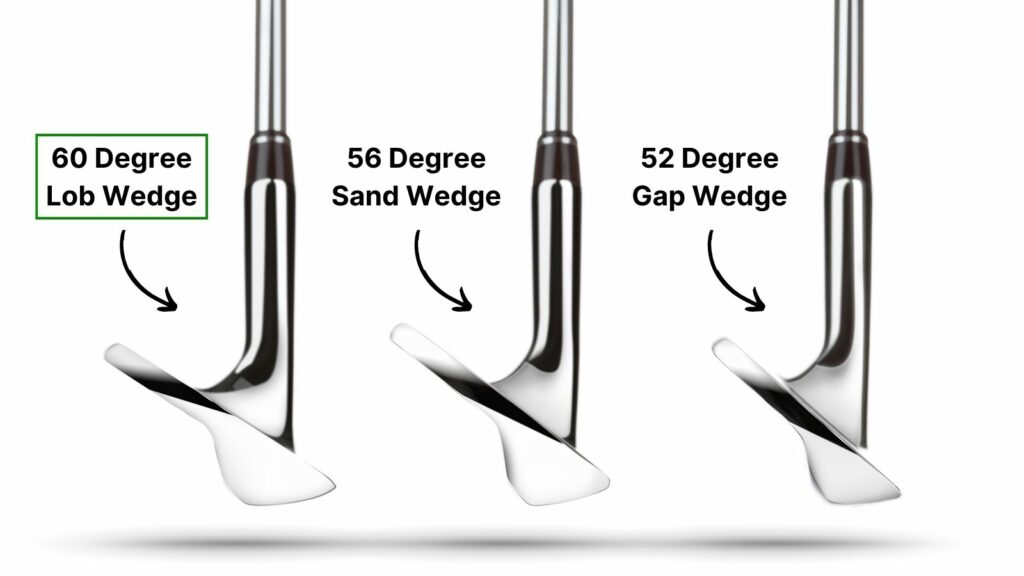
When to Use a 60 Degree Wedge Out of Sand
As the loftiest club in the bag, 60 degree wedges can be a savior when it comes to escaping tricky bunker spots around the golf course.
Here are some instances where a lob wedge can really excel:
- Greenside bunkers: If you find yourself in a bunker with very little green to work with, a 60 degree wedge is the most effective club to use. With a solid bunker technique, a lob wedge will help you to pop the ball out with a higher trajectory than a typical sand wedge. This enables the ball to land softly on the green.
- High-lip bunkers: In some cases, your ball might find itself nestled at the foot of a bunker with a tall lip (see image below). In this scenario, a 60 degree wedge offers plenty of loft to get the ball out without any risk of hitting the edge of the lip.
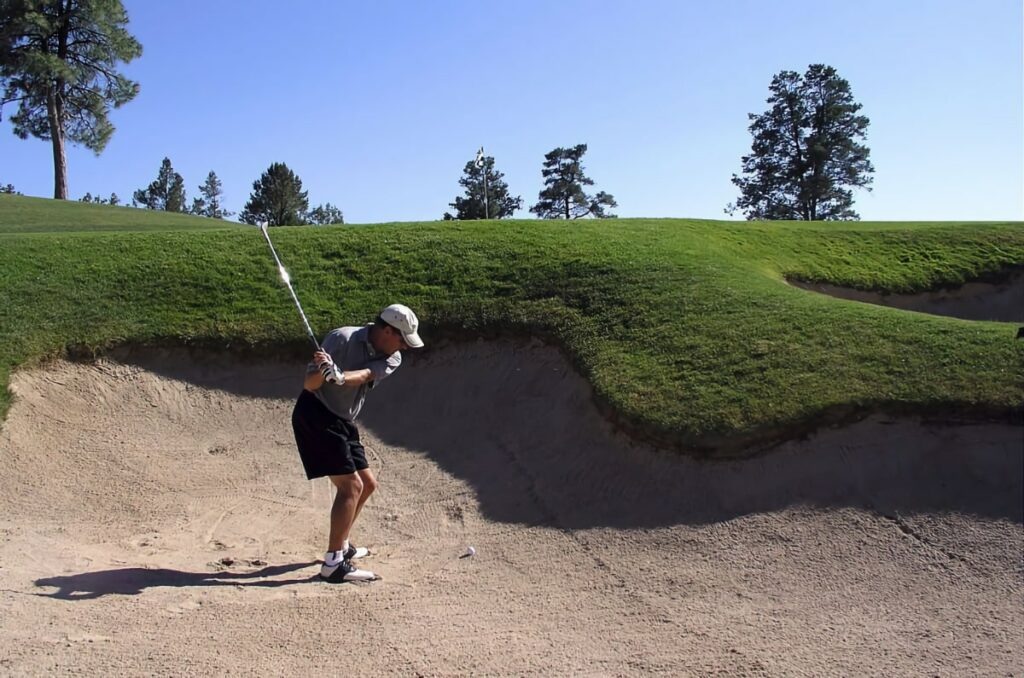
When Not to Use a 60 Degree Wedge Out of Sand
However, in some cases, it’s better to use a club with less loft out of the sand. Here are a few examples where a sand wedge — or even an iron — is preferred:
- Fairway bunkers: If you pick out a fairway bunker, you probably still have some distance until you reach the green. Lob wedges max out at around 60 yards with a full swing, so it’s better to use a less-lofted club in order to get more distance.
- If your 60-degree has low bounce: If your 60 degree wedge has less than 10 degrees of bounce, there’s a high chance that the leading edge will dig into the sand. Consider investing in a wedge with more bounce, which will help the club head glide under the ball.
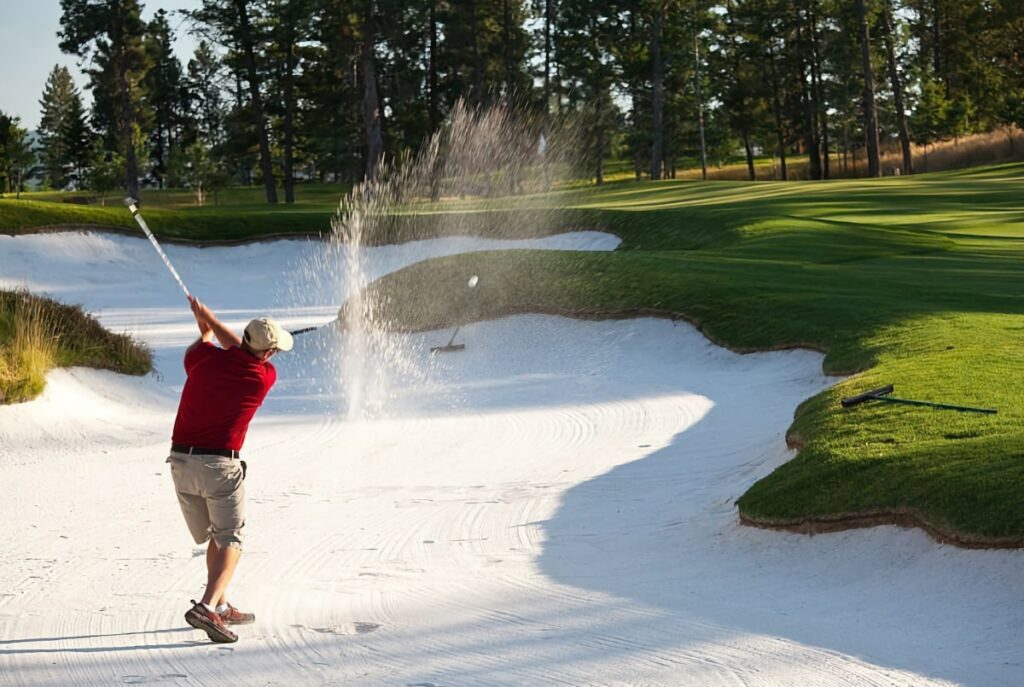
How to Hit a 60 Degree Wedge Out of Sand
Bunker shots are some of the most difficult in golf, and the technique required is considerably different from a pitch or chip off the turf.
Here are 5 tips to help you get more consistent out of the sand trap:
- Ball position forward
- Open your stance
- Open your clubface
- Swing fast through the ball
- Hit 6 inches behind the ball
Let’s dive into each tip with some more detail, so you can begin mastering bunker shots.
1. Ball Position Forward
Firstly, let’s address the setup when taking a bunker shot.
Stand with the ball positioned slightly inside the line of your front foot. This will encourage the club head to enter the sand first, before making contact with the ball.
2. Open Your Stance
Secondly, open up your stance so that your front foot is pointing approximately 45 degrees in the direction of the target.
When taking the shot, place about 60% of your weight on the front foot, with a slightly bent front knee. This enables you to pivot around your front foot through the swing.
3. Open Your Clubface
Next, open up the clubface so that the leading edge sits about 30-40 degrees open. Then, regrip the club as you would naturally.
Opening the clubface helps with two things. Firstly, it increases the loft to help you strike the ball with a higher trajectory. Secondly, it increases effective bounce, which helps the club head to slide under the ball rather than dig into the sand.
4. Swing Fast Through the Ball
Now, let’s discuss the swing. It’s important to swing fast through the ball, so that the club head is traveling with enough momentum to push through the sand and pop the ball out.
The sand will absorb lots of the speed before making contact with the ball. If you swing with too little club head speed, the ball will struggle to escape the bunker.
5. Hit 6 Inches Behind the Ball
Finally, it’s time to make contact. You want to strike the sand first about 6 inches behind the ball, giving the leading edge of the club head enough time to get under the ball.
If you impact the sand too close behind the ball, you run the risk of skulling it!
PRO TIP: Make sure to follow through after contact, keeping your club head speed up without decelerating.
In the video below, Clay Ballard of Top Speed Golf demonstrates how he uses his lob wedge to perform greenside bunker shots.
Best Wedges For Amateur Golfers
For amateur golfers, it’s particularly important to use a set of wedges that offer both forgiveness and versatility for pitch, chip, and bunker shots.
Here are some of our favorite wedges available right now:
TaylorMade Hi-Toe 3 Wedge – Best Overall
Having manufactured golf clubs for over 40 years – and sponsoring many tour pros in the process – TaylorMade has grown to become one of the industry’s largest brands.
The TaylorMade Hi-Toe 3 Wedge is an excellent and versatile wedge, offering high levels of spin and forgiveness for a range of shots into the green. This makes it a great pick for any golf amateur, whose budget will stretch to it.
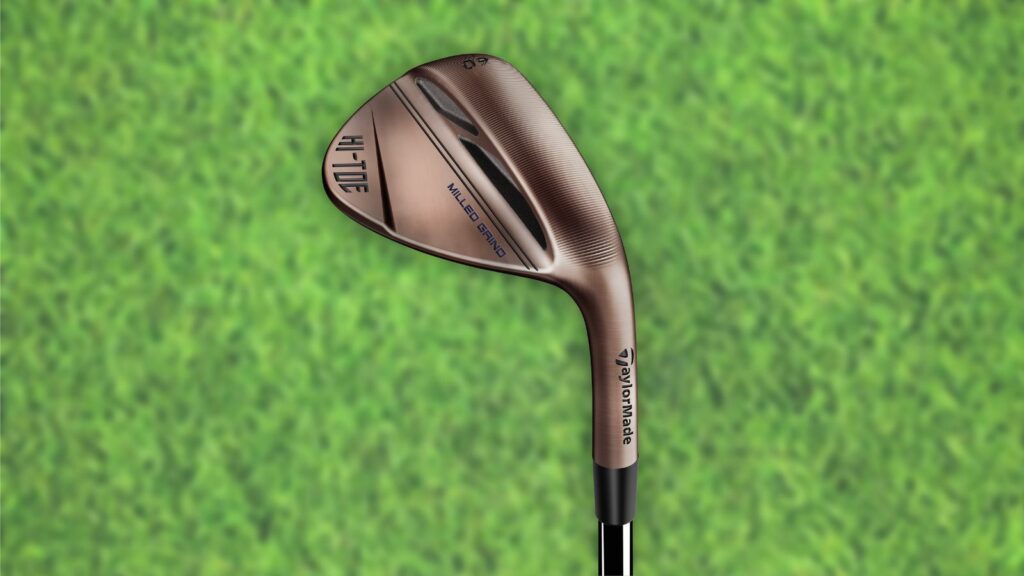
Specifications
- Lofts: 50° to 60°
- Grinds: 3 (Standard, Low, High)
- Finishes: 1 (Aged Copper)
Reasons to Buy
- High levels of spin
- Versatile and forgiving
- Incredible looks
Reasons to Avoid
- Limited finish options
Rating: ★★★★★
>> You can order your TaylorMade Hi-Toe 3 Wedges here
Cleveland CBX2 Wedge – Best Value
Cleveland Golf was founded in 1979 by the legendary Roger Cleveland — one of the world’s most renowned wedge manufacturers.
The Cleveland CBX2 Wedge offers incredible forgiveness at a great price. This makes it an excellent pick for amateur golfers who are looking for a visually appealing club, which will perform well even when missing the sweet spot.
The wide sole and relatively large club head profile will give you plenty of confidence over the ball, while Cleveland’s fourth-generation Rotex Face produces high levels of spin.
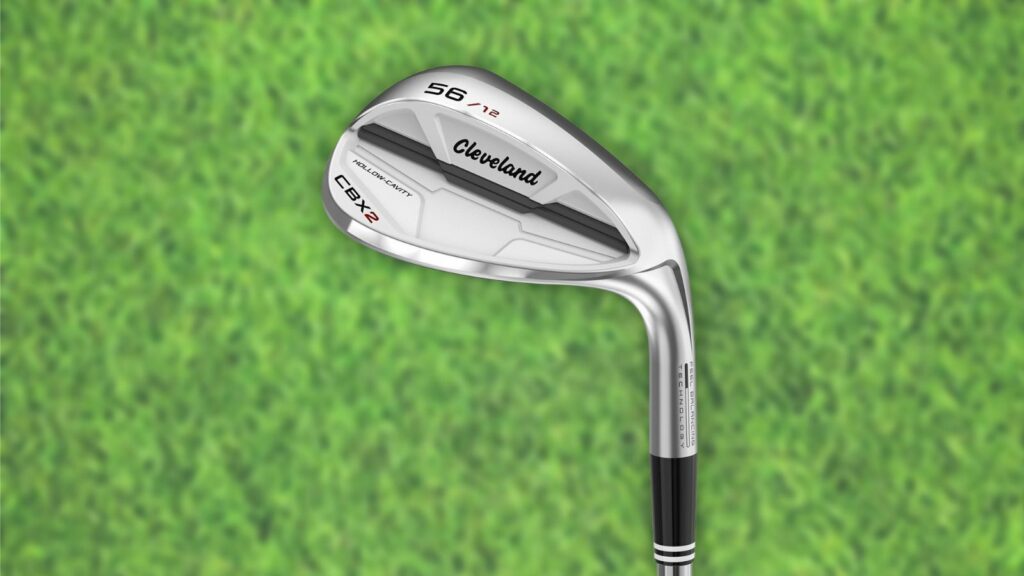
Specifications
- Lofts: 46° to 60°
- Grinds: 3 (V, S. C)
- Finishes: 2 (Chrome, Black Satin)
Reasons to Buy
- Very forgiving and stable feel
- Excellent value
Reasons to Avoid
- Limited finish options
Rating: ★★★★☆
>> You can order your Cleveland CBX2 Wedges here
Titleist Vokey SM9 Wedge – Best Premium
In 1997, Titleist enlisted master craftsman Bob Vokey to design a set of wedges for the prestigious golf brand. Since that moment, Vokey wedges have become one of the most used wedges on the professional tour.
The Titleist Vokey SM9 Wedge is an excellent premium pick for golfers of any level, offering high levels of forgiveness and consistency. Choose from up to 23 different loft and grind options, to fine-tune a setup to suit your individual swing type.
Vokey wedges are cast and utilize an advanced spin-milled cutting process, producing extra sharp grooves which generate high levels of spin.
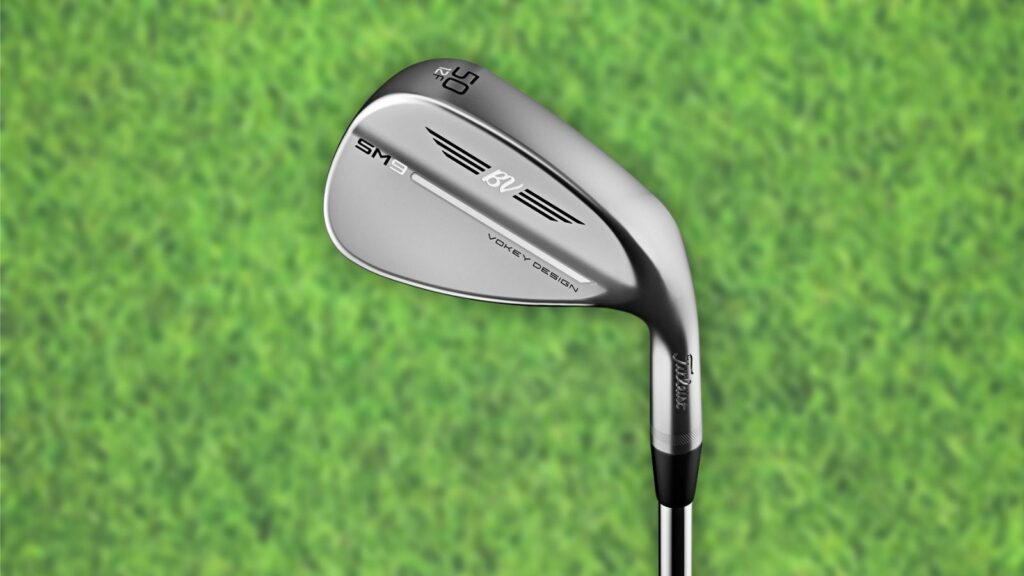
Specifications
- Lofts: 46º to 62º
- Grinds: 6 (F, S, M, K, L, D)
- Finishes: 4 (Tour Chrome, Brushed Steel, Jet Black, Raw)
Reasons to Buy
- Highly versatile
- Great forgiveness and soft feel
- Premium looks
Reasons to Avoid
- Fairly expensive
Rating: ★★★★★
>> You can order your Titleist Vokey SM9 Wedges here

Conclusion
In summary, it’s great to use a 60 degree wedge out of sand, particularly for greenside bunkers and sand traps with high lips, where you need to get the ball up in the air quickly.
To hit a lob wedge out of the bunker, follow this step-by-step process:
- Ball position forward
- Open your stance
- Open your clubface
- Swing fast through the ball
- Hit 6 inches behind the ball
However, make sure your wedge has at least 10 degrees of bounce, to allow the club head to slide under the ball without digging into the sand.


